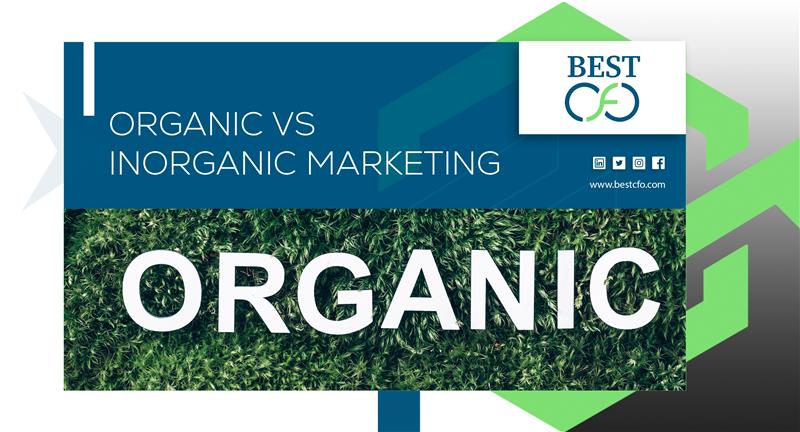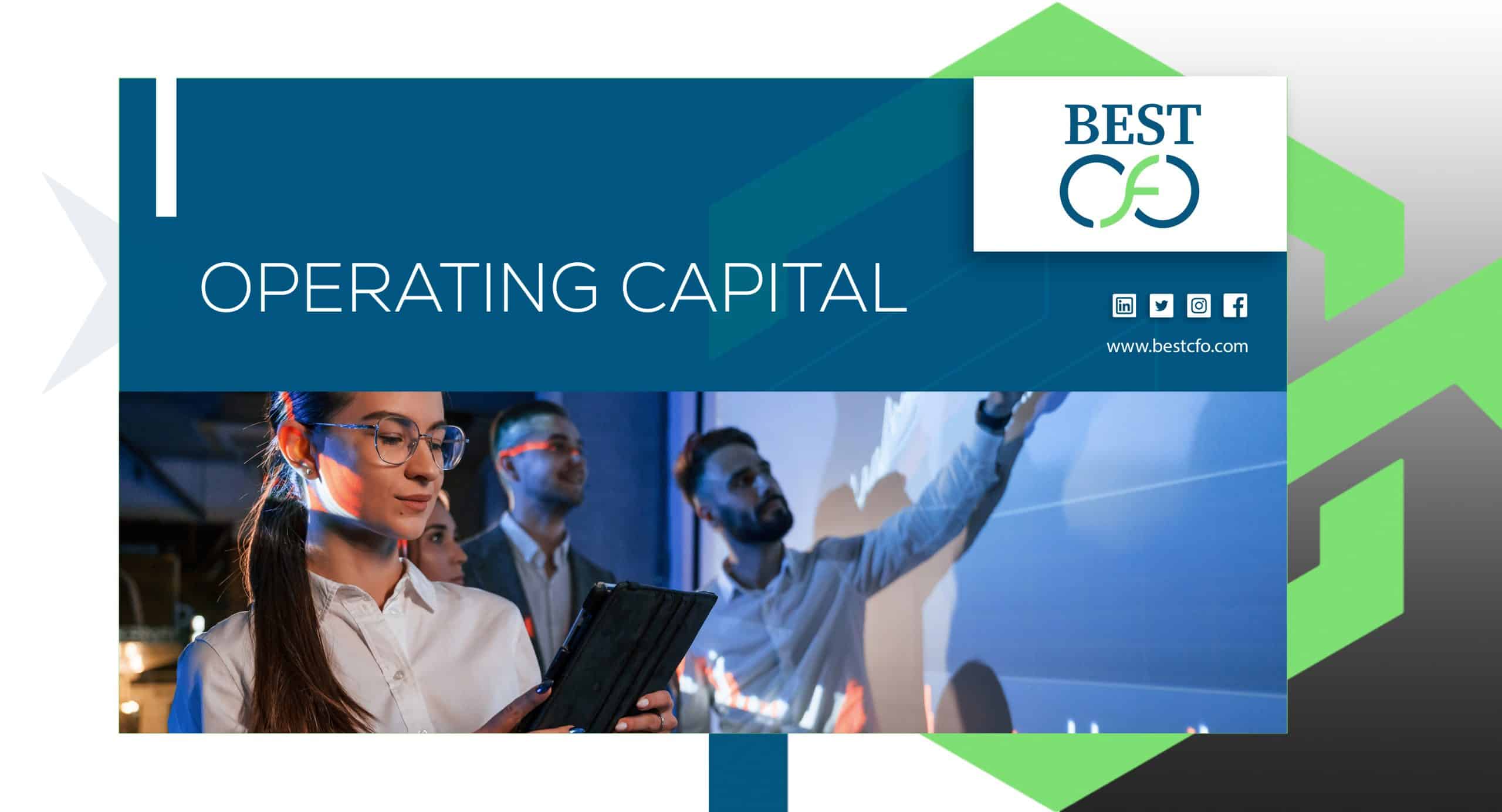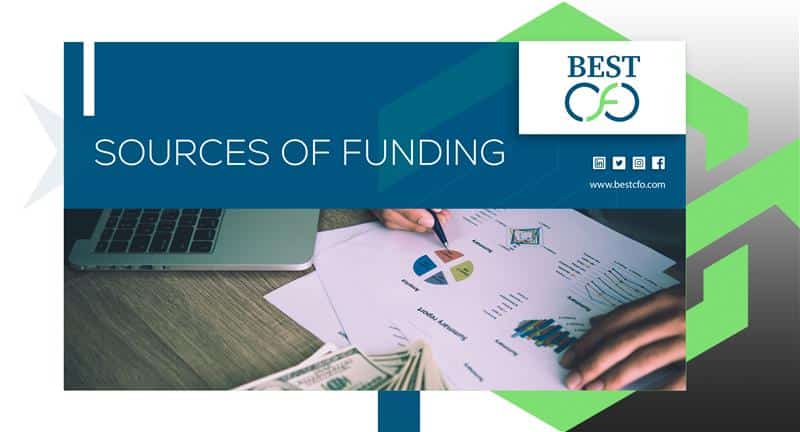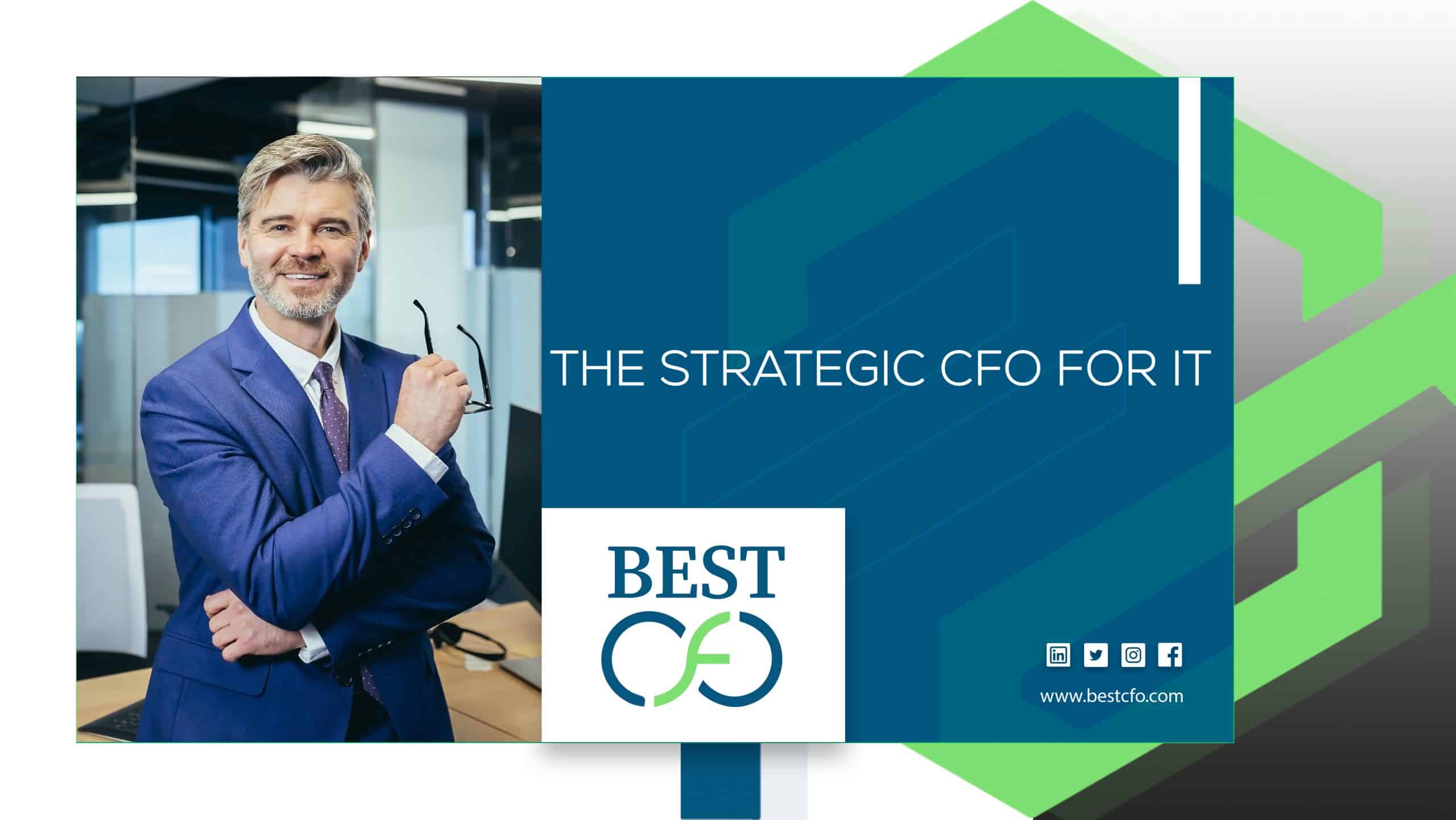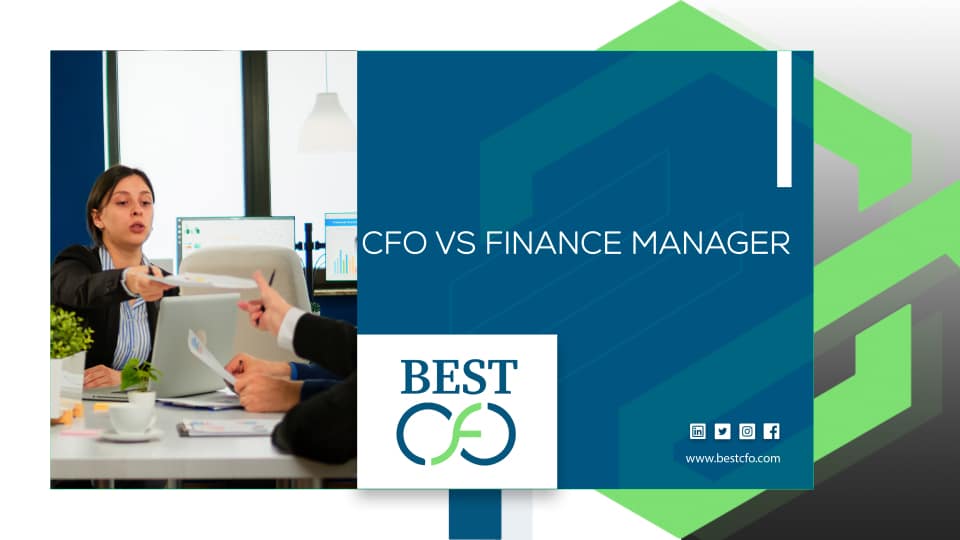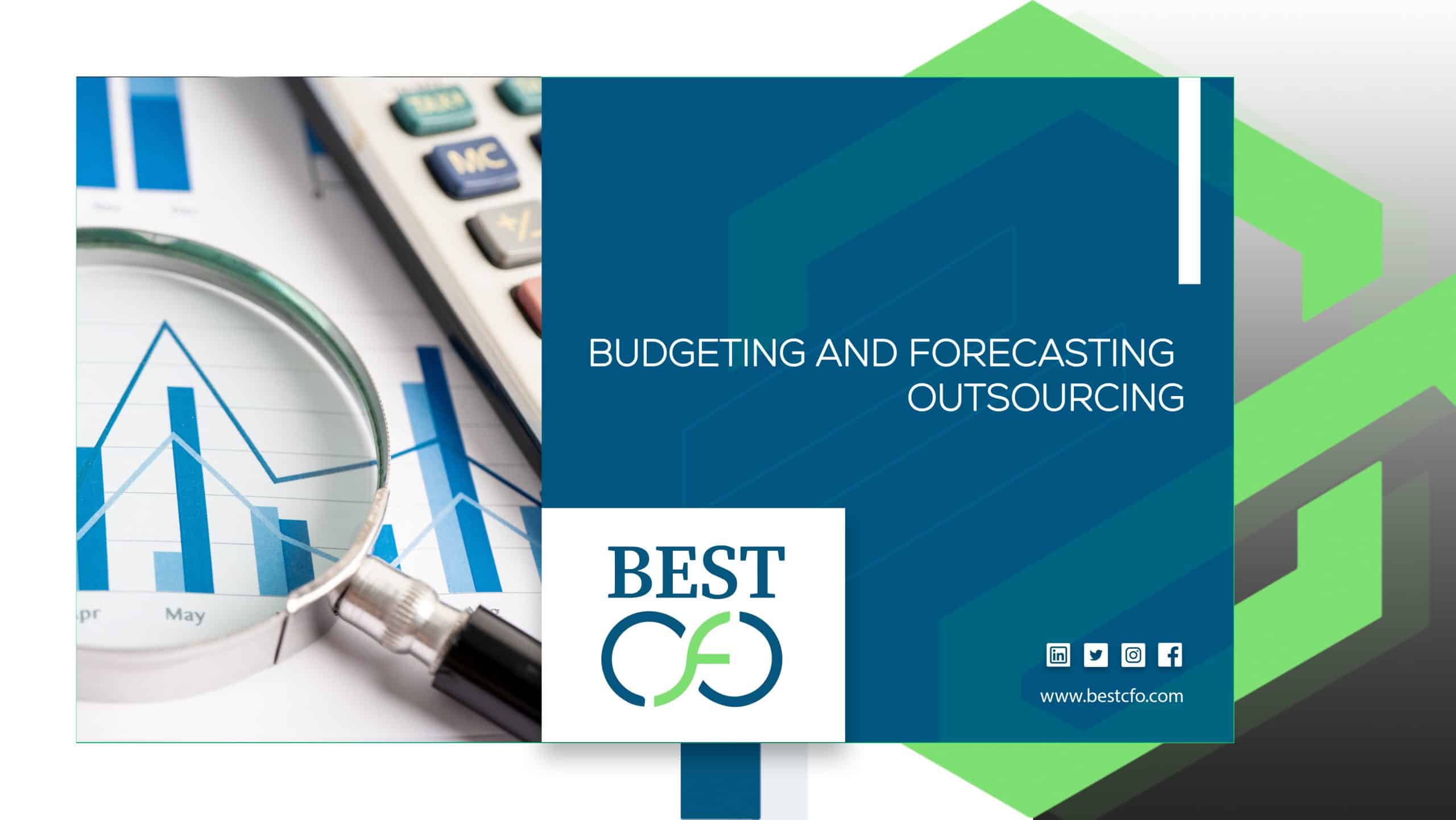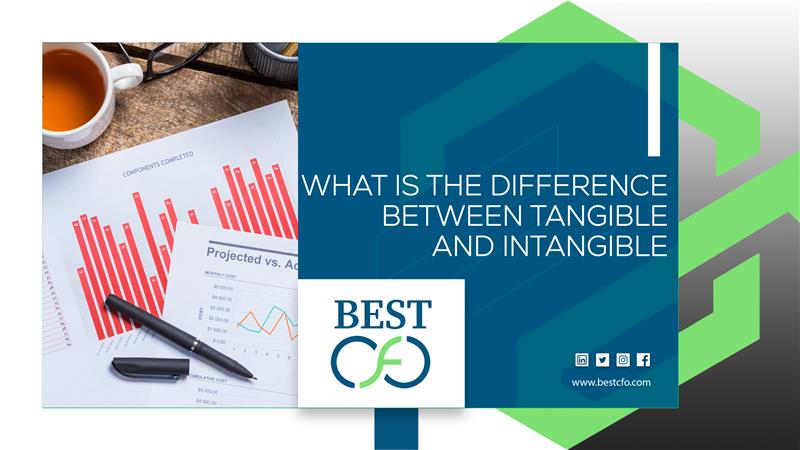
| Getting your Trinity Audio player ready... |
Tangible vs Intangible Assets: What’s The Difference?
Let’s be real: asset talk doesn’t exactly scream “party time.” But whether you’re running a business, planning your estate, or just trying to make sense of your balance sheet—understanding tangible vs intangible assets is a game-changer. It’s the difference between what you can kick and what you can copyright. Between your office chair and your brand name. Let’s break it down without turning it into a finance lecture.
What Are Tangible Assets?
If you can touch it, move it, break it, or trip over it, chances are it’s a tangible asset. Think physical stuff that holds value—the real-world items that keep your business running or fill up your warehouse.
What Are Tangible Assets in Business?
Here are the usual suspects when we talk about tangible business assets:
- Equipment: Computers, machinery, production lines—stuff that makes things happen.
- Property: Land, buildings, warehouses. These aren’t just backdrops; they hold serious value.
- Inventory: Products ready to sell or raw materials waiting to become something awesome.
- Vehicles: Cars, trucks, forklifts. If it rolls and helps the business, it’s an asset.
What Are Intangible Assets?
Now we’re talking about the invisible power players. Intangible assets can’t be touched, but they can be worth more than gold. These are ideas, rights, and brands—the kind of stuff that might not fill a shelf but definitely fills your bank account.
What Are Intangible Assets in Business?
Some of the most valuable business tools can’t be held:
- Patent: Your secret sauce, legally protected.
- Trademark: Your logo, tagline, or anything else that screams “you.”
- Copyright: Your original content, protected from copycats.
- Brand Awareness: The feeling people get when they see your name. Yeah, that counts.
How to Value Tangible Assets?
You can price tangible assets a few ways. Each has its place:
- Specific Appraisal: An expert slaps a value on it. Often used for real estate or big-ticket machinery.
- Liquidation Price: What you’d get in a quick-fire sale. Usually lower.
- Replacement Cost: What it’d cost to buy a similar one today.
What Is the Difference Between Tangible and Intangible Assets?
It’s not just about touch. Here’s how they stack up:
- Ability to Liquidate: Tangibles can be sold fast. Intangibles? Not so much.
- Calculation Methods: Tangibles are priced based on market value or cost. Intangibles often need fancy math and some legal input.
- Long-Term Benefits: Both can last years, but intangibles like a good brand keep paying off without rusting.
- Value Measurement:
- Current Assets: Stuff you plan to use or sell within a year.
- Fixed Assets: Long-term investments like buildings and trademarks.
Why Does It Matter Whether an Asset is Tangible or Intangible?
Because the IRS, your accountant, and your investors all care—a lot. It affects:
- Tax reporting
- Depreciation and amortization
- Business valuation
- Loan approvals
Treating all assets the same is like storing cash in a blender—bad idea.
Example of a Declining Balance Amortization
Let’s say your company bought a patent for $100,000. Instead of expensing it all at once, you amortize it—say, $20,000 per year. That’s how intangibles like patents quietly chip away at your tax bill over time.
Valuing Tangible Assets
Tangible assets are usually straightforward. You get them appraised, find a comparable sales price, or calculate replacement value. Not rocket science.
Valuing Intangible Assets
This gets murky. A brand might be worth millions or nothing at all. Intangible valuation often relies on:
- Market comps
- Income generation
- Legal strength

Are There As Many Tangible and Intangible Assets in All Industries?
Not even close. A tech startup might be 90% intangible (think: code and brand). A manufacturing plant? Mostly tangible. It really depends on what the company does and how it makes money.
What Are Fixed Assets?
These are assets you don’t plan to flip next week. They stick around and help you earn money over the long haul.
What Are Tangible Fixed Assets?
- Buildings
- Vehicles
- Equipment
These are depreciated over time.
What Are Intangible Fixed Assets?
- Licenses
- Trademarks
- Patents
These are amortized, not depreciated, but they serve the same long-haul purpose.
Advantages and Disadvantages of Tangible Assets
Pros:
- Easy to value
- Easier to finance or liquidate
- Seen as “real” by banks and investors
Cons:
- Can break or wear out
- Take up space
- Need insurance and maintenance
How to Manage Tangible and Intangible Assets?
There are a couple ways to manage both assets:
Managing Tangible Assets:
- Track depreciation
- Keep them insured
- Perform regular maintenance
Managing Intangible Assets:
- Keep documentation
- Renew legal protections
- Monitor value for M&A or sales
How To Understand Your Financial Statements?
Assets show up on your balance sheet, and how they get there matters. Tangibles are listed at cost minus depreciation. Intangibles often appear only if purchased—not created.
Work With an Experienced Estate Planning Attorney
Got a mix of business and personal assets? Bring in a pro. Estate planning is tricky enough without asset confusion. Make sure your plan reflects both what you can touch and what you can’t.
Bottom Line
Tangible vs intangible assets isn’t just accounting jargon. It’s the blueprint for how your business or estate holds value. Tangibles are the bones. Intangibles? The soul. Know both, manage both, and use them to build something that lasts.
FAQs
Is goodwill an intangible asset?
Yes, and it often pops up in mergers.Can an asset be both tangible and intangible?
Not really—but they can work together.Are employees assets?
Not on the books, though their output becomes intangible value.Do you depreciate intangible assets?
No, you amortize them.Are cryptocurrencies tangible or intangible?
Intangible.Can I sell my intangible assets?
Absolutely—just depends on legal protections.Do intangible assets lose value?
They can. Trademarks expire; brands fade.Is land a tangible fixed asset?
Yes, and it doesn’t depreciate.Are social media accounts assets?
In practice, yes. Legally? It’s evolving.Which is more valuable—tangible or intangible?
Depends on the business. Apple’s brand alone is worth more than most companies.
Related Posts
Organic vs Inorganic Marketing: Pros, Cons, and Best Use Cases
Organic vs Inorganic Marketing: Pros, Cons, and Best Use Cases When it comes to growing…
What Is Operating Capital and Why Is It Important?
What Is Operating Capital and Why Is It Important? Are you ready to dive into…
How to Scale a SaaS Business Without Losing Your Customers?
What Are the 5 Sources of Funding? So, you’ve got the dream. The vision. The…
What Are the 5 Sources of Funding?
What Are the 5 Sources of Funding? So, you’ve got the dream. The vision. The…
 Demos
Demos  Colors
Colors  Docs
Docs  Support
Support 



